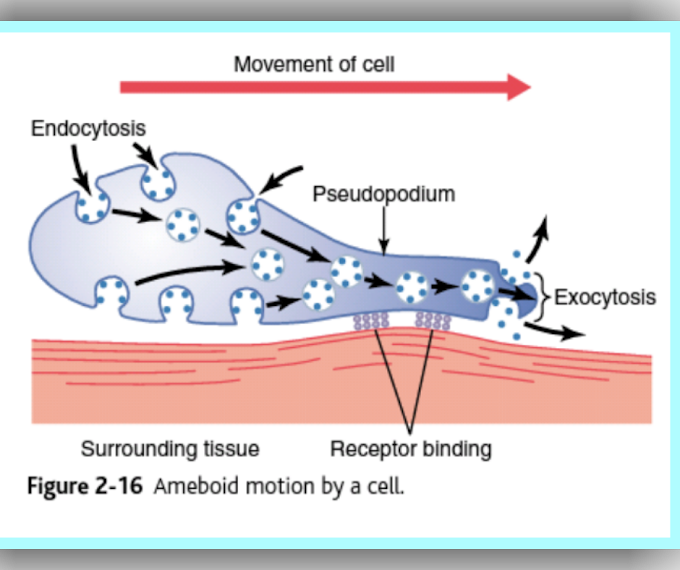A brief overview of how birds grow early
(Early development in birds)
The birds that lay eggs are called magalecithal eggs (meaning they have a very high yolk content and a small part of the cytoplasm called blastodisc) and have a hard shell around them. In them, the perturbation takes place in the oviduct of the bird before the yolk and shell accumulate around it. After perturbation, the process of cleavage begins in the blasto disc. Only the blastodisc divides and the egg yolk remains in its original state. The blastoderm is formed due to maradonal cleavage. The inner part of the blastoderm is black and its cells look as if it is dead. The part is called the area pellucida. This is the part from which almost all the embryo is formed. The part around it is called area opica and it forms only the yolk sac.
Between the parts is a layer of cells
Hypoblast
When a rooster or other bird lays an egg, it has about 50,000 cells. The bastoderm at the top in the area of pellicudia forms the epiblast layer. In the back of this wave, the cells gather and become hair-like. Forms a structure called cooler suckles. Near which marginal cells are present. The cells that are present below the epiblast are called hypoblast islands. These cells divide to form the primary hypoblast. Collar suckles combine with the cells that are formed by cell division to form the secondary hypoblast layer. These two areas in the opica combine to form two-layered embryos, and the space between them is called a blastoceol. Most parts of the embryo are made up of ephemeral blisters, as well as Koreans, allantois. Hypoblasts only form the yalk sac, which collects the yalk and provides food to the developing embryo. Generates signals for which helps invegenation of these cells.
How primitive streak is formed
Kollers scakles
And the epiblast layer on top of it combines to form a primitive streak. This causes a groove from which most of the cells swim inwards. The upper part of the protruding streak is raised which is called hensenes node. They have a groove-like structure inside which is called prometheus fat.
Makes The cells that pass through the middle part of the primitive groove make up the heart and kidneys
The cell that passes through the lower part forms the latral plate and extra embryonic mesoderm.
Formation of Endoderm and mesoderm
As soon as the peritoneal streak is formed, the epiblast cells begin to pass through them. The cell that passes into the blastoceol from the upper part of the perimetric streak migrates upwards and forms the endoderm and the cell from the lower part. This cell forms most of the mesoderm.






0 Comments